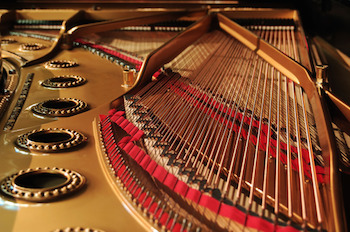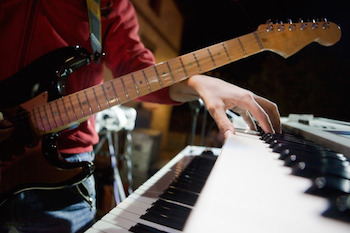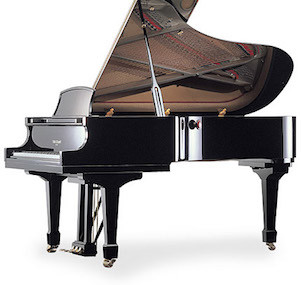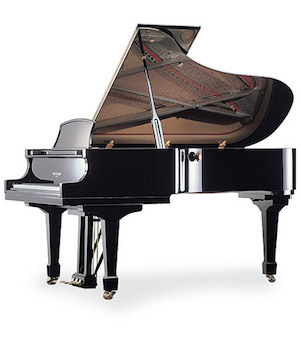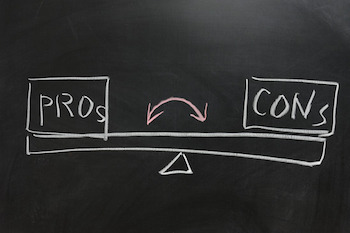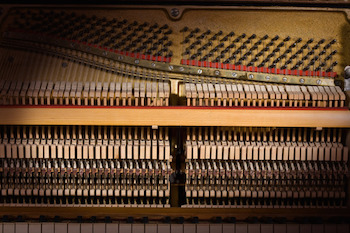If you are ready to give your child the gift of music, many look no further than to the traditional piano. It’s an instrument you can learn to play on your own, taking in both roles of harmony and melody, fully creating the sounds you desire most.
When you think of the sound and playability of a traditional piano – an acoustic piano – little has changed from the peak of their  popularity a century ago. When you sit down to play, running your fingers over the keys on a keyboard, you can easily create the sounds that have been created generation after generation.
popularity a century ago. When you sit down to play, running your fingers over the keys on a keyboard, you can easily create the sounds that have been created generation after generation.
Where have the technological advances to pianos been made over the last few years? In digital technology.
To the casual consumer, the concept of a digital piano may equate to the thought of inexpensive toy keyboards that can be purchased at big box stores or electronic stores. You’ll find several options being pushed hard around the holidays.
Comparing these toy keyboards with today’s digital pianos is similar to comparing a toy car you would purchase for your three year old, to the luxury sedan you have parked in your garage.
Today’s top digital pianos are capable of producing sophisticated sounds. Digital pianos are software driven, electronically created, and designed to produce amazing sounds. Depending on the make and model, some digital pianos have been created by sampling some of the top, most sophisticated pianos in the world, which means your resulting sounds will be rich and vibrant. What’s more, they step beyond the sounds of a piano, often incorporating hundreds of other instrument voices into their memory, giving you the ability to create any sound, any mood you desire.
From the beginning, digital pianos offer a wide array of technology tools to help the beginner. For a brand new player that has never played before, choosing a piano with light up features that can “light” the way to playing a song can be exciting. And motivating to keep going.
As your abilities increase, on screen displays can provide you with pointers and tips for increasing your playing skills. Its easier to hear the song, touch the keys, and see the notes, putting all of your new skill set into play.
Digital pianos bring the power of an entire orchestra conveniently into your home environment. If you have a budding musician, going digital can expand the possibilities tenfold. Not only will he have the ability to create entire symphonies with a few strokes of the keys, he can also tap into the Internet and be able to collaborate with may tools that exist all over the world. He can share his attempts at originality, download and store new music, even connect with peers and mentors that can quickly help his level of music sophistication grow.
And the more sophisticated a musician gets, the more tools become available. Digital pianos can come with preset features, providing sounds not possible with a more traditional instrument. How about layering effects? Blending sounds to create unique musical movements. The possibilities are only as limited as a player’s imagination.
If you’ve never looked at what a digital piano can do for the creativity of your child, maybe its time. Stop by, we would be happy to share with you all of the wonders that make today’s digital pianos true works of art.
